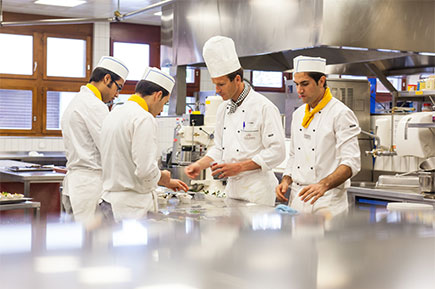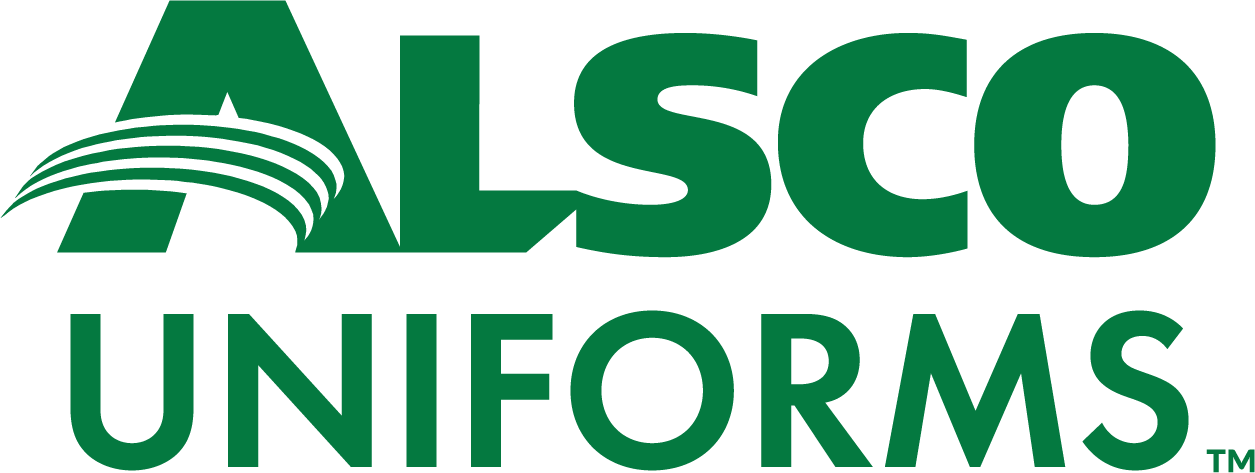
Chefs probably have one of the most intriguing uniforms in the world. A quick Google search will tell all.
One intriguing aspect of the chef’s uniform is the sheer amount of care it needs.
From picking the perfect fit to having dirty uniforms laundered, ironed and stored properly, it can be quite hectic to do all this on your own.
As an alternative, you could consider a managed uniform rental service to handle it. While the chef’s uniform may appear as a well put together singular item, it is, in fact, the result of centuries of innovation and modification, as well as a product of influences from around the world.
So, where did the various parts of the chef’s uniform originate, and what’s their significance?
The Fascinating Toque
A chef’s hat is also referred to as a toque from the Middle French term for ‘hat’.
Legend has it that the toque emerged as standard wear for Assyrian cooks of old as an extension of goodwill.
Cases of poisoning were common, so the Assyrian kings needed a way to ensure their cooks were loyal, considering they were responsible for the kings’ well-being.
By rewarding cooks with land and hefty sums of money, the kings hoped they wouldn’t be tempted by their enemies in any way to cause them harm.
But more importantly, to seal the deal, the ancient Assyrian kings bestowed upon their cooks hats that resembled the royal crowns. This signified that the cooks occupied a special place in a king’s life.
While some believe that the pleats of a toque represent the folds on the crowns they were based on, others are of the view that the number of pleats indicates the number of ways a chef can cook an egg!
It would be difficult to omit mention of France when it comes to style. Around the 16th century, the French favoured chef’s hats that were more akin to berets.
The design of a toque varied by location. For instance in England, chefs wore black hats, which were a practical choice, as they spent a good amount of time stoking the fires that kept the king’s table laden with delicacies.
The common thread running across all kinds of toques is that they keep the kitchen space hygienic by preventing sweat and hair from coming into contact with food.
It’s also worth noting that the toque helps a chef keep a cool head while working in a hot kitchen.
The Fascinating Jacket
[b3_row] [b3_column lg=”8″ md=”12″ sm=”12″ xs=”12″ ]This is the most important component of the chef’s uniform since it offers the most cover.
White, heavy cotton is the preferred material for chef jackets, as it allows the skin to breathe, absorbs sweat easily, and protects the chef against fire and steam.
It doesn’t hurt that cotton looks pretty neat, too! A chef’s white jacket evokes a sense of cleanliness, hygiene and professionalism.
Chef jackets are usually double-breasted to offer more protection from hot food such as sauces that inevitably make contact with chefs as they work.
So, to whom do we owe our gratitude for such a brilliant, functional piece of attire?
[/b3_column] [b3_column lg=”3″ md=”12″ sm=”12″ xs=”12″ ] [/b3_column] [/b3_row]Popular French chef Marie-Antoine Carême is credited with developing the modern-day uniform, including making the chef’s jacket a kitchen standard.
The Fascinating Neckerchief
The name ‘neckerchief’ is simply fascinating in itself. Worn around the neck, the neckerchief isn’t merely a handkerchief for the neck.
It was incorporated into the chef’s uniform as a way to safeguard the neck from fluctuating temperatures as chefs moved to and from the stoves and the coolers in the kitchens of old.
Furthermore, it was and still is used to ensure sweat doesn’t ruin culinary masterpieces by dripping onto food.
As such, chefs shouldn’t touch the neckerchief while preparing meals, as this would be unhygienic.
Plain white neckerchiefs are standard, as they don’t deviate from the clean aesthetic favoured by chefs worldwide.
Though the neckerchief isn’t a must-have, for certain establishments, it serves to mark a chef’s rank.
The Fascinating Apron
[b3_row] [b3_column lg=”8″ md=”12″ sm=”12″ xs=”12″ ]Now, you may wonder, what’s so fascinating about an apron? All we need it for is to tie around our waists, right?
Well, in the past, the apron was a safety measure for chefs as they reached their hands over open flames.
Today, the apron is a shield of sorts, taking the fall when it comes to stains, spillage and scalds.
Simple as the apron maybe, not all aprons are created equally.
While it would seem easier to go for a cheap apron from your typical store, professional aprons made to the highest standards and good quality material are the best choice, as they can handle the extremity of commercial kitchens.
And since they wear over time, it could be more cost-effective to rent them from a managed uniform rental service.
[/b3_column]
[b3_column lg=”3″ md=”12″ sm=”12″ xs=”12″ ]
Besides having clean aprons dropped off at your establishment regularly as needed, it’s not uncommon for the service provider to launder, repair and replace aprons so you don’t have to.
It is acceptable to reverse the apron when it’s dirty, but not too many times, or else it could become a health hazard.
The Fascinating Pants
Traditionally, the chef’s pants have always had a distinctive houndstooth pattern.
From a distance, this design may appear as the black and white checkered pattern that’s standard today.
An up-close look will, however, reveal that the houndstooth consists of jagged lines alternating between black and white.
The houndstooth pattern was favoured for chef’s pants because it did a good job concealing all kinds of messy stains.
This is understandable, as establishments back then lacked the convenience we enjoy when it comes to caring for chefs’ uniforms.
Solid coloured pants are widely used today. After all, if you work with a reputable managed uniform rental service, stained pants can be picked up and clean ones issued in their place.
Chef’s pants are loose-fitting for a couple of reasons.
As they aren’t too close to the skin, they offer protection should hot food or liquids make contact with a chef.
Additionally, they keep a chef cool amid the high kitchen temperatures.
The Fascinating Shoes
The modern kitchen space is one where chefs have more freedom concerning what makes them comfortable. Establishments are more open to individual style preferences than before.
All the same, when it comes to shoes, industry standards take precedence.
While it would be comfortable for a chef to wear their own sneakers for 12 hours on unforgiving floors waiting for you to skid, trip or slide, ordinary shoes just don’t cut it.
Beyond skill, talent, speed, deftness, and dexterity, every chef needs a pair of special work shoes.
Such shoes offer support, stability and ergonomic design as well as protection from the numerous potentially dangerous kitchen objects, from sharp knives to hard surfaces that are bound to connect with the toes.
Shoes are so critical to chefs that these culinary masters became sought after, credible voices by players in the shoe industry!
[b3_row] [b3_column lg=”8″ md=”12″ sm=”12″ xs=”12″ ]Let Alsco Do It All for You
The chef’s uniform has evolved into the fascinating phenomenon we know today. it is a mark of distinction and pride, the very epitome of professionalism.
Give your chefs’ uniforms the care they deserve with a managed uniform rental service.
Enjoy benefits such as free uniform repairs and replacements, a barcode system to keep track of all uniforms, laundry services and more from as little as $1 a day.
Get in touch with Alsco today for a free quote tailored just for your needs.
[/b3_column]
[b3_column lg=”3″ md=”12″ sm=”12″ xs=”12″ ]

With an Alsco Managed Uniform Rental Service, every chef and kitchen staff member will look and feel professional.
Photo: Trường Trung Cấp


